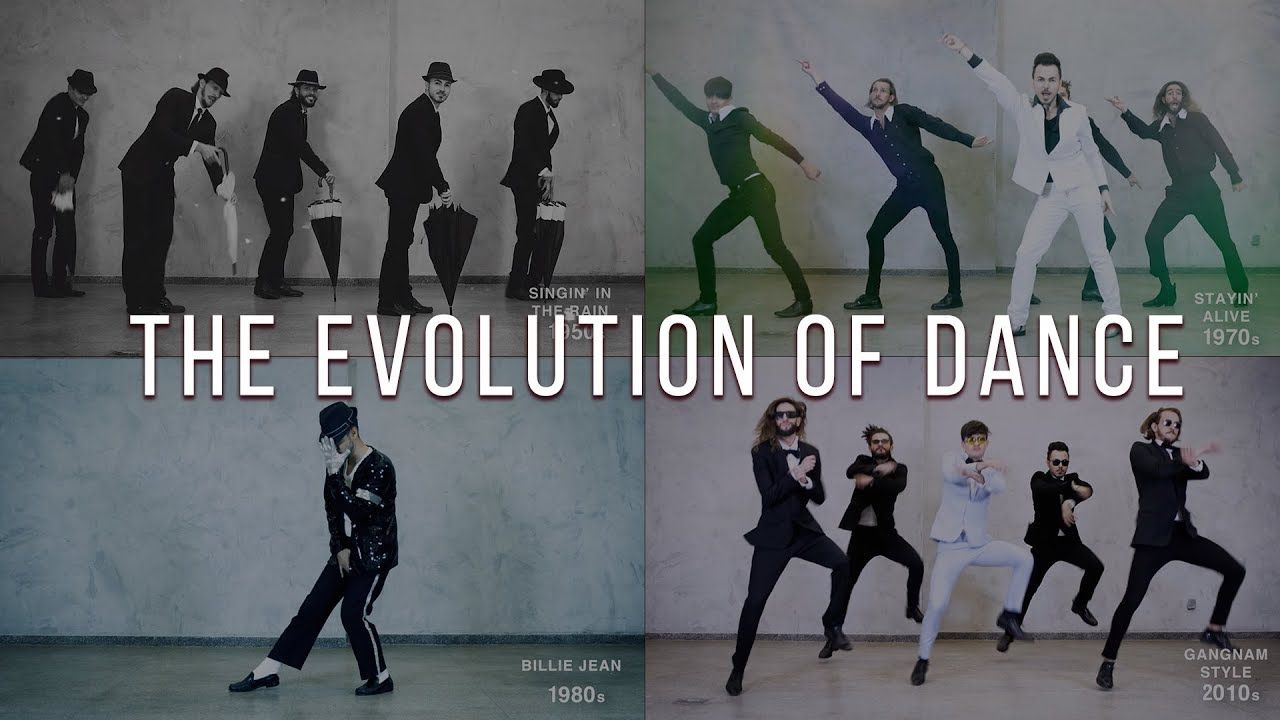Dance has always been a form of expression and cultural reflection. From the traditional dances of indigenous tribes to the contemporary hip-hop movements of today, dance styles have evolved and changed over the years. In this article, we will explore the evolution of dance styles through the decades, from the 1920s to the present day.
The Roaring Twenties: The Era of the Charleston
The 1920s saw the rise of the Charleston, a lively and energetic dance style that became synonymous with the Jazz Age. This dance was characterized by fast footwork, swinging arms, and a carefree attitude. The Charleston was popularized in speakeasies and dance halls, and became a symbol of rebellion and freedom for the young people of the time.
The Swing Era: Lindy Hop and Jive
In the 1930s and 1940s, the swing era brought about a new wave of dance styles, including the Lindy Hop and Jive. These dances were characterized by fast-paced footwork, energetic movements, and improvisation. The Lindy Hop, in particular, was known for its acrobatic lifts and flips, making it a favorite among dancers looking to show off their skills.
The Rock ‘n’ Roll Revolution
In the 1950s, rock ‘n’ roll burst onto the scene, bringing with it a whole new style of dancing. The twist, the jitterbug, and the hand jive were all popular dances of this era, each with their own unique flair. Rock ‘n’ roll dancing was often performed to the upbeat rhythms of artists like Elvis Presley and Chuck Berry, and became a defining feature of the rebellious youth culture of the time.
The Disco Fever of the 1970s
The 1970s were all about disco, and dance floors around the world were filled with people grooving to the funky beats of artists like Donna Summer and the Bee Gees. The hustle, the bump, and the electric slide were all popular dances of this era, each with their own unique moves and style. Disco dancing was all about glitz, glamour, and having a good time, and it became a symbol of the hedonistic lifestyle of the decade.
The Rise of Hip-Hop Dance
In the 1980s and 1990s, hip-hop music and dance exploded onto the scene, bringing with it a whole new style of movement. Breaking, popping, locking, and krumping were all popular dances of this era, each with their own unique techniques and rhythms. Hip-hop dancing became a way for young people to express themselves, tell their stories, and connect with others in a powerful and meaningful way.
Contemporary Dance Styles
Today, dance styles continue to evolve and change, with new genres and movements emerging all the time. From the graceful movements of ballet to the intense energy of contemporary dance, there is a style of dance for everyone to enjoy. Dancing is more than just a form of exercise or entertainment – it is a way for people to connect, express themselves, and celebrate the diversity and beauty of the human experience.
As we look back on the evolution of dance styles through the decades, we can see how each era has brought about its own unique movements, rhythms, and expressions. Dance is a reflection of culture, society, and individuality, and it will continue to evolve and change as we move into the future.
So next time you hit the dance floor, remember the history and evolution of the dance styles that came before you, and let that knowledge inspire and guide your movements. Dance is a celebration of life, love, and art, and it will always be a vital part of the human experience.

